Home>Garden Essentials>How Does Ground Cover Affect Erosion
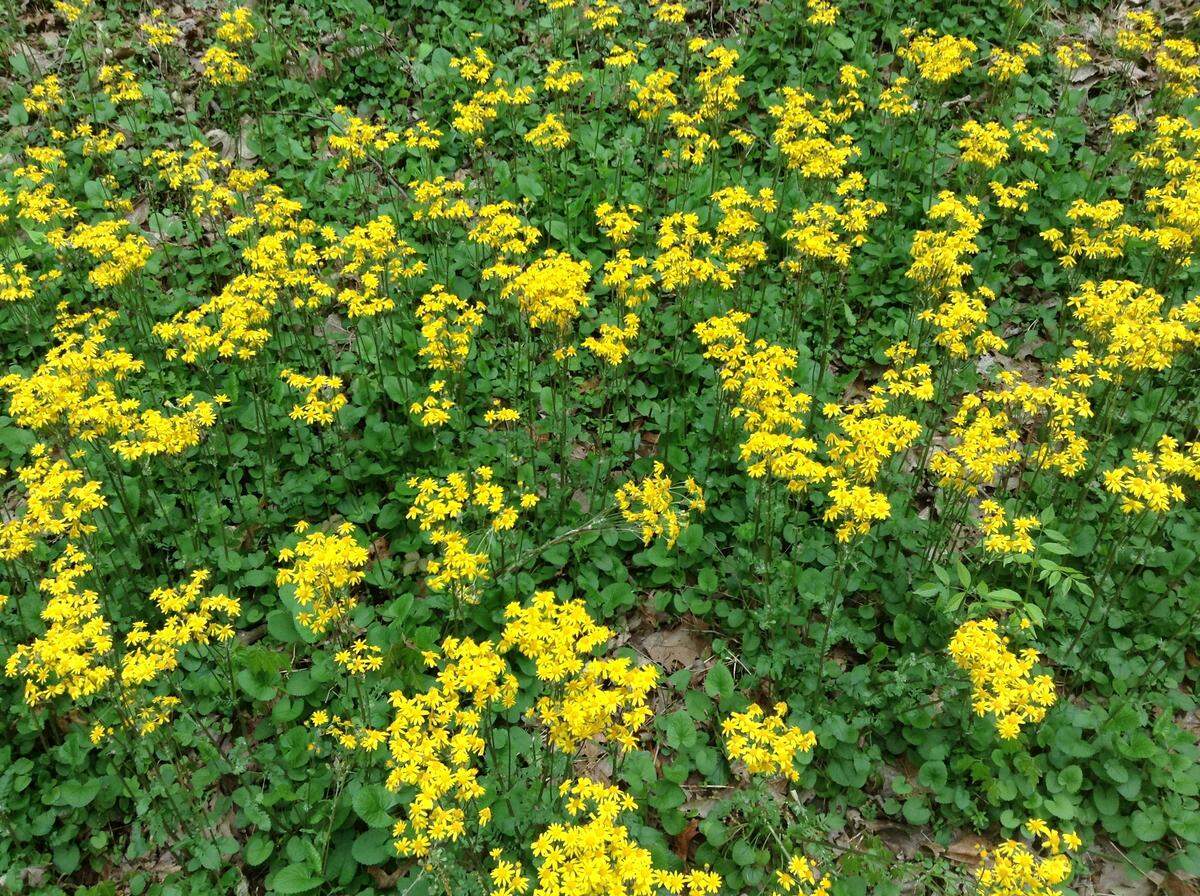

Garden Essentials
How Does Ground Cover Affect Erosion
Modified: October 28, 2024
Discover how garden ground cover can impact erosion and learn the best practices to prevent soil erosion in your outdoor space.
(Many of the links in this article redirect to a specific reviewed product. Your purchase of these products through affiliate links helps to generate commission for Storables.com, at no extra cost. Learn more)
Introduction
Erosion is a natural process that occurs when soil is displaced by water, wind, or other external elements. It can have serious consequences, including nutrient depletion, loss of topsoil, and damage to surrounding ecosystems. In recent years, the importance of ground cover in erosion control has gained significant attention.
Ground cover refers to any type of vegetation or material that covers the soil surface. It acts as a protective layer, shielding the soil from the impact of rainfall and wind. The type and density of ground cover play a crucial role in determining the level of erosion. As such, selecting the appropriate ground cover is essential for effective erosion control.
In this article, we will explore the impact of ground cover on erosion and the various factors that influence erosion rates. We will also delve into the different types of ground cover and their benefits and drawbacks. Additionally, we will discuss the role of vegetation in erosion control and provide practical tips for choosing the right ground cover for your specific needs.
By understanding the relationship between ground cover and erosion, gardeners, landscapers, and environmentalists can make informed decisions to mitigate erosion risks and maintain the health of gardens, landscapes, and natural ecosystems.
Key Takeaways:
- Ground cover, like grass and plants, protects soil from erosion by rain and wind. It also adds beauty to landscapes and supports wildlife habitats.
- Choosing the right ground cover, based on site conditions and maintenance needs, is crucial for effective erosion control and landscape preservation.
Read more: How Does Grass Prevent Soil Erosion
Definition of Ground Cover
Ground cover refers to any vegetation, mulch, or material that covers the soil surface. Its primary purpose is to protect the soil from erosion caused by water, wind, and other erosive forces. Ground cover is an essential component of landscaping, gardening, and erosion control strategies.
There are various types of ground cover, including grass, plants, shrubs, vines, mosses, and even synthetic materials like landscape fabric or mulch. Each type of ground cover offers different benefits and has specific considerations when it comes to erosion control.
The density of ground cover plays a significant role in determining its effectiveness in erosion control. Dense ground cover provides better protection against erosion than sparse cover. The roots of ground cover plants also help stabilize the soil, preventing it from being washed away by rainwater or blown away by strong winds.
Ground cover can serve multiple functions beyond erosion control. It can also enhance the aesthetic appeal of a landscape, provide habitat for animals, suppress weed growth, conserve moisture, and regulate soil temperature.
In addition to vegetation, various types of mulch can also be used as ground cover. Organic mulches, such as wood chips, straw, or compost, can help retain moisture in the soil and improve its fertility. Synthetic mulches, such as landscape fabric or rubber mulch, can provide weed suppression and erosion control benefits.
Overall, ground cover acts as a protective layer that shields the soil from erosion and provides numerous other benefits. Selecting the right type of ground cover for your specific needs will depend on factors such as the site conditions, climate, desired aesthetic, and maintenance requirements.
Erosion and its Effects
Erosion is a natural process that occurs when soil particles are detached and transported by wind, water, or gravity. While erosion is a natural phenomenon, human activities can accelerate it, leading to detrimental effects on the environment and ecosystems.
One of the significant impacts of erosion is the loss of topsoil. Topsoil is the uppermost layer of soil that is rich in essential nutrients for plant growth. When erosion occurs, it can strip away the topsoil, leaving behind depleted and less fertile soil. This loss of topsoil can have significant implications for agriculture, as it reduces crop productivity and can lead to nutrient deficiencies in plants.
Erosion can also result in the degradation of water quality. As soil particles are transported by runoff, they can end up in rivers, lakes, and other bodies of water. This sedimentation can harm aquatic habitats by blocking sunlight, suffocating fish and other aquatic organisms, and altering the overall ecosystem balance. Increased sedimentation also increases the need for costly water treatment processes to ensure the safety and purity of drinking water sources.
In addition to environmental impacts, erosion can cause physical damage to properties and infrastructure. As soil is eroded from slopes, it can undermine the stability of buildings, roads, and other structures. This can lead to costly repairs and pose a risk to human safety.
Erosion is also closely linked to the loss of biodiversity. The displacement of soil can disrupt habitats, affect the distribution of plant and animal species, and alter ecosystems. In turn, this can have cascading effects on other wildlife populations, leading to imbalances within the natural environment.
Overall, erosion has wide-ranging effects on agriculture, water quality, infrastructure, and biodiversity. It is crucial to implement effective erosion control measures, such as proper ground cover, to mitigate these detrimental impacts and ensure the long-term stability and health of ecosystems.
Importance of Ground Cover in Erosion Control
Ground cover plays a crucial role in controlling erosion and maintaining the health of soils and ecosystems. It offers several key benefits that contribute to erosion prevention and soil conservation.
One of the primary functions of ground cover is to protect the soil from the impact of rainfall and wind. When raindrops hit bare soil directly, they can dislodge soil particles and create small channels that facilitate the flow of water. This process, known as splash erosion, can result in the loss of topsoil and increase the risk of further erosion. Ground cover serves as a barrier, absorbing the impact of rainfall and reducing splash erosion.
Moreover, ground cover helps to slow down the movement of water across the soil surface. This reduces the velocity and erosive power of runoff, allowing more time for water to infiltrate into the soil. By promoting infiltration, ground cover facilitates water absorption and helps to replenish groundwater reserves. It also reduces the likelihood of surface runoff, which can carry away sediment and erode the soil.
Furthermore, ground cover acts as a physical barrier against wind erosion. Wind is an important erosive agent, particularly in arid and semi-arid regions. Sparse or bare soils are particularly susceptible to wind erosion, as strong gusts can lift and transport soil particles over long distances. Ground cover plants with dense foliage reduce wind speed at ground level, effectively lowering the erosive potential of wind.
Ground cover is also beneficial in preventing soil compaction. Heavy rainfall or foot traffic can compact the soil, reducing its ability to absorb and retain water. This compaction increases surface runoff and erosion rates. Ground cover helps to cushion the impact of raindrops and disperses the energy across its surface, minimizing soil compaction and enhancing soil structure.
Moreover, ground cover plants contribute to erosion control through their root systems. The roots bind the soil particles together, creating a network that helps stabilize the soil structure. They increase soil porosity, improving its water-holding capacity and reducing runoff. The root systems also enhance soil aggregation and promote the growth of beneficial soil microorganisms, contributing to overall soil health.
In summary, ground cover is vital in erosion control as it minimizes the erosive impact of rainfall and wind, promotes water infiltration, reduces surface runoff, prevents compaction, and stabilizes the soil structure. By selecting appropriate ground cover and maintaining healthy vegetation, we can effectively prevent soil erosion and conserve our precious soil resources.
Factors Affecting Erosion
Erosion rates are influenced by a variety of factors that interact with one another to determine the extent and severity of erosion. Understanding these factors is crucial for implementing effective erosion control measures and protecting soil resources. Here are the key factors that affect erosion:
- Rainfall intensity and duration: The amount and intensity of rainfall directly impact erosion rates. Heavy rainfall can create more erosive runoff and increase the potential for soil detachment and transport.
- Slope gradient: The steepness of the slope plays a significant role in erosion. Steeper slopes experience faster and more concentrated runoff, which can lead to increased erosion. Gentle slopes allow for better infiltration and slower runoff, reducing erosion risks.
- Soil type and composition: Different soil types have varying erodibility. Soils with a higher proportion of sand or silt particles are generally more prone to erosion than soils with a higher clay content. The organic matter content in soil also affects its stability and susceptibility to erosion.
- Vegetation cover: Ground cover, including plants and other vegetation, can significantly reduce erosion rates. Vegetation acts as a physical barrier, trapping rainfall and reducing the intensity of runoff. It also helps stabilize the soil with its root systems, reducing soil erosion by wind and water.
- Land use and land management practices: Human activities and land management practices can have a significant impact on erosion rates. Improper land use practices, such as overgrazing, deforestation, and improper agricultural practices, can accelerate erosion. Implementing sustainable land management practices, such as contour plowing, terracing, or conservation tillage, can help minimize erosion risks.
- Climate and weather patterns: Climate factors, including temperature, wind patterns, and freeze-thaw cycles, can influence erosion rates. Extreme weather events, such as heavy rainstorms or strong winds, can cause severe erosion in a short period.
- Soil erosion control measures: The implementation of erosion control measures, such as retaining walls, contouring, and ground cover, can effectively reduce erosion risks. These measures help to slow down runoff, promote infiltration, and stabilize the soil, minimizing erosion rates.
It is important to note that these factors do not act in isolation. They often interact and influence one another, making erosion a complex process. By considering these factors and implementing appropriate erosion control strategies, we can effectively protect our soils, mitigate erosion risks, and preserve our natural resources.
Read more: How To Care For Dichondra Ground Cover
Types of Ground Cover
There are several different types of ground cover that can be used to protect soil and prevent erosion. The choice of ground cover depends on various factors, including the specific needs of the site, climate conditions, maintenance requirements, and desired aesthetics. Here are some common types of ground cover:
- Grass: Grass is one of the most popular ground cover options. It provides excellent erosion control, especially when grown in dense, healthy lawns. Grass helps to slow down runoff, stabilize the soil with its root system, and absorb rainwater. There are various types of grass to choose from, including cool-season grasses (such as Kentucky bluegrass or fescue) and warm-season grasses (such as Bermuda grass or zoysiagrass).
- Groundcover plants: Many low-growing plants can serve as ground cover, offering both erosion control and aesthetic value. Examples include creeping thyme, creeping phlox, ajuga, and sedum. These plants spread horizontally and form a dense mat that helps to stabilize the soil and prevent erosion. They can be used to cover large areas or as accents within a landscape.
- Shrubs and bushes: Shrubs and bushes with dense foliage can be effective ground cover options, especially on sloping terrain. Their extensive root systems help hold the soil in place and reduce erosion risks. Examples of suitable shrubs for ground cover include juniper, cotoneaster, and certain varieties of rosemary.
- Vines: Vines are excellent for covering and protecting vertical surfaces, such as slopes or retaining walls. They assist in preventing erosion by spreading out horizontally and intertwining with their support structures. Popular vine ground covers include English ivy, creeping fig, and Virginia creeper.
- Mulch: Organic or inorganic mulch can be used as ground cover to reduce erosion risks. Organic mulches, such as wood chips, straw, or compost, provide a protective layer over the soil, reducing the impact of raindrops and preventing soil erosion. Inorganic mulches, such as rubber mulch or landscape fabric, offer similar erosion control benefits while suppressing weed growth.
- Cover crops: Cover crops are an excellent option for preventing erosion in agricultural or garden areas. They are usually planted during non-growing seasons to protect the soil from erosion caused by wind or water. Cover crops, like winter rye, clover, or buckwheat, help hold the soil in place with their dense roots and provide additional benefits such as adding organic matter to the soil and improving its fertility.
When selecting ground cover, it’s crucial to consider the specific requirements of the site and the intended purpose of the cover. Some ground covers may be better suited for shade, while others can withstand full sun exposure. Additionally, the maintenance needs, such as watering, mowing, or pruning, should be taken into account to ensure that the ground cover remains healthy and effective in erosion control.
By carefully choosing and maintaining the appropriate ground cover, we can ensure effective erosion control, enhance the beauty of our landscapes, and promote the long-term health of our soils.
Choose ground cover that has dense root systems, such as grass or shrubs, to help prevent erosion. These plants help hold the soil in place and reduce the impact of rainfall.
The Role of Vegetation in Erosion Control
Vegetation plays a crucial role in erosion control by providing a natural and effective means of protecting soil from erosion. Whether in the form of ground cover, trees, or shrubs, vegetation offers numerous benefits in stabilizing the soil and preventing erosion. Here are the key ways in which vegetation helps control erosion:
- Root reinforcement: Vegetation, through its extensive root systems, helps anchor the soil in place and prevent soil particle detachment. The roots intertwine with the soil, creating a network that enhances soil stability. This reinforcement reduces the likelihood of soil being washed away by rainfall or carried off by wind.
- Water absorption and runoff reduction: Vegetation intercepts rainfall and slows down its movement across the soil surface. The plant canopy intercepts water droplets, preventing direct impact on the soil and reducing splash erosion. The plant roots absorb water, increasing water infiltration rates and reducing surface runoff. This reduction in runoff minimizes the erosive force of water, protecting against erosion.
- Soil structure improvement: Vegetation plays a vital role in enhancing soil structure. As plants grow and shed leaves, stems, and roots, they contribute to the accumulation of organic matter in the soil. This organic matter fosters the development of desirable soil aggregates, improving soil porosity, water-holding capacity, and nutrient availability. A healthy soil structure is more resistant to erosion and promotes long-term soil health and fertility.
- Windbreak and wind erosion prevention: Trees, shrubs, and even ground cover plants can serve as effective windbreaks, reducing wind speed and protecting against wind erosion. By obstructing wind flow, vegetation helps to minimize the erosive force of wind and prevents soil particles from being lifted and transported over long distances.
- Shade and evapotranspiration: Vegetation can create shade, reducing the temperature of the soil surface. This lowers the rate of evaporation and helps conserve soil moisture. Adequate soil moisture is essential for maintaining soil structure and stability, reducing the risk of erosion caused by dry or compacted soil.
It is important to note that the type and density of vegetation influence its erosion control effectiveness. Dense vegetation cover offers better protection against erosion than sparse cover. In areas prone to erosion, a mix of grasses, ground cover plants, and shrubs can be used to maximize erosion control benefits. Care should be taken to select plant species that are well adapted to the site conditions, including the soil type, climate, and exposure.
Vegetation not only provides erosion control benefits but also offers additional ecological and aesthetic value. It supports wildlife habitats, improves air quality, and adds beauty and visual interest to landscapes. By recognizing the role of vegetation in erosion control and prioritizing its use in landscaping and land management practices, we can ensure the preservation of our soils and the overall health of our ecosystems.
Benefits and Drawbacks of Various Ground Covers
Choosing the right ground cover is essential for effective erosion control. Different types of ground covers offer unique benefits and drawbacks based on their characteristics and suitability for specific conditions. Here are some common ground covers along with their advantages and considerations:
- Grass:
- Benefits: Grass is versatile, easy to maintain, and provides excellent erosion control. It forms a dense cover that helps slow down runoff and stabilize the soil with its extensive root system. Grass also adds beauty to landscapes, offers a soft surface for outdoor activities, and can provide habitat for beneficial insects and wildlife.
- Considerations: Grass may require regular mowing, watering, and fertilizing to remain healthy and dense. Some grass species are more suitable for specific climates and soil conditions. Additionally, grasses may have limited tolerance for shade and heavy foot traffic.
- Groundcover plants:
- Benefits: Groundcover plants provide vegetative cover over the soil, reducing the impact of rainfall and preventing soil erosion. These plants help stabilize the soil with their root systems, improve soil structure, suppress weed growth, and contribute to biodiversity. They also offer aesthetic appeal and can be a low-maintenance option once established.
- Considerations: Groundcover plants may require regular pruning, especially if they spread aggressively. Some varieties may have specific soil and light requirements. Care should be taken to choose non-invasive species to prevent the displacement of native vegetation.
- Shrubs and bushes:
- Benefits: Shrubs and bushes provide erosion control by stabilizing the soil with their extensive root systems. They also offer visual interest, contribute to biodiversity, and can provide habitat for wildlife. Shrubs are typically hardy and require minimal maintenance once established.
- Considerations: Some shrubs have specific soil and light requirements and may not tolerate extreme temperatures or drought conditions. Regular pruning may be necessary to maintain desired shape and size.
- Vines:
- Benefits: Vines offer excellent coverage for vertical surfaces, such as slopes, walls, or fences. They provide erosion control by reducing wind speed and preventing soil detachment. Vines can add beauty and create a green backdrop in the landscape. They are often fast-growing and require minimal maintenance.
- Considerations: Vines may require support structures to climb on, and some varieties can be invasive and difficult to control. Care should be taken to select non-invasive species and manage their growth to prevent damage to surrounding vegetation.
- Mulch:
- Benefits: Mulch acts as a protective covering over the soil, reducing the impact of rainfall, preventing soil compaction, and suppressing weed growth. It helps retain moisture, regulate soil temperature, and improve soil fertility as it breaks down over time. Mulch can be organic (such as wood chips or straw) or inorganic (such as rubber or landscape fabric).
- Considerations: Mulch needs to be replenished periodically to maintain its effectiveness. It may need to be removed or adjusted if it becomes compacted or if new plants are added to the area.
Each type of ground cover has its own set of advantages and considerations. When selecting a ground cover, it is important to consider factors such as site conditions, climate, maintenance requirements, and the specific erosion control needs. By weighing these factors, you can choose the most suitable ground cover to effectively protect the soil and create a beautiful, sustainable landscape.
Choosing the Right Ground Cover for Erosion Control
Choosing the right ground cover is essential for effective erosion control and maintaining a healthy landscape. Consider the following factors when selecting the most suitable ground cover for your specific needs:
- Site conditions: Assess the characteristics of your site, including soil type, sunlight exposure, slope gradient, and moisture levels. Different ground covers thrive in specific conditions, so choose one that is well-suited to your site’s unique requirements.
- Erosion risk: Evaluate the level of erosion risk on your property. Steeper slopes or areas prone to heavy rainfall might require more robust ground cover options, such as grass or shrubs, to provide adequate erosion control.
- Maintenance requirements: Consider your availability and willingness to maintain the ground cover. Some options, like grass, may require regular mowing and watering, while others, like mulch or groundcover plants, may require less maintenance once established.
- Aesthetic preferences: Choose a ground cover that aligns with your desired landscape design and aesthetic preferences. Consider factors such as color, texture, and growth pattern to ensure that the ground cover enhances the overall visual appeal of your property.
- Functionality: Determine how you intend to use the area. For high-traffic areas or footpaths, choose a durable ground cover that can withstand frequent use. If you want to create a low-maintenance, naturalized area, consider using native groundcover plants that require minimal care.
- Diversity: Incorporate a mix of different ground cover types to enhance biodiversity and ecological resilience in your landscape. Combining grass, shrubs, ground cover plants, and mulch can create a more diverse and ecologically balanced environment.
- Invasive species: Be cautious of selecting ground covers that are invasive in your region. Invasive species can rapidly spread and outcompete native vegetation, leading to ecological imbalances and reduced biodiversity.
- Expert advice: Consult with local garden centers, horticulturists, or landscape professionals who have knowledge of the specific conditions in your area. They can provide guidance on suitable ground cover options and offer insight into erosion control practices that are successful in your region.
Remember that the most effective erosion control measures often involve a combination of strategies, including ground cover, retaining walls, contouring, or terracing, depending on the specific site conditions. It is essential to implement erosion control measures holistically and consider the interplay between different factors.
By carefully selecting the right ground cover and implementing appropriate erosion control practices, you can protect your soil, reduce erosion risks, enhance the beauty of your landscape, and contribute to the overall health of the environment.
Read more: How To Grow Rye For Ground Cover
Case Studies: Ground Cover Impact on Erosion
Several case studies have demonstrated the significant impact of ground cover on erosion control. These studies provide valuable insights into the effectiveness of different ground cover options in preventing erosion. Here are a few notable examples:
- Study 1: Grass vs. Bare Soil: A research study conducted on a construction site compared the effectiveness of grass cover versus bare soil in controlling erosion. The study found that areas with grass cover experienced significantly less soil erosion compared to bare soil areas. The grass effectively reduced water runoff, slowed down water velocity, and stabilized the soil with its root system. This study highlighted the importance of grass as an effective ground cover option for erosion control.
- Study 2: Revegetation in Post-Fire Areas: After a wildfire, the impact of erosion can be severe due to the loss of vegetation cover. A case study conducted on post-fire sites compared the effectiveness of different revegetation methods in reducing erosion. The study found that areas where ground cover plants were replanted experienced lower erosion rates compared to areas without revegetation. The newly established ground cover helped stabilize the soil, prevent erosion caused by rainfall, and promote the recovery of the ecosystem.
- Study 3: Mulch in Slope Stabilization: In a study conducted on erosion-prone slopes, the effectiveness of mulch as a ground cover option was evaluated. The study compared slopes with and without mulch cover and found that the mulch significantly reduced soil erosion rates. The mulch layer acted as a protective barrier, absorbing the impact of raindrops, reducing splash erosion, and slowing down surface runoff. This study demonstrated the importance of using mulch as an effective erosion control measure, especially on vulnerable slopes.
- Study 4: Vine Ground Cover in Urban Settings: Urban areas often face erosion risks due to impervious surfaces and limited vegetation. A study investigated the impact of vine ground cover on erosion control in urban environments. The study found that incorporating vines, such as English ivy or Virginia creeper, as ground cover on vertical surfaces effectively reduced the erosive force of wind and prevented soil detachment. The vines served as natural windbreaks, reducing wind speed and protecting soil from erosion in urban settings.
These case studies highlight the significant positive impact of various ground cover options in erosion control. Grass, ground cover plants, mulch, and vine ground cover have proven to be effective in reducing soil erosion and stabilizing slopes, post-fire areas, and urban settings. The results emphasize the importance of selecting appropriate ground cover based on site conditions and erosion risks to ensure successful erosion control and ecosystem restoration.
It is important to note that the effectiveness of ground cover in erosion control can be influenced by factors such as site-specific conditions, climate, and maintenance practices. Therefore, it is beneficial to assess case studies within the context of your specific environment and seek professional advice to determine the most effective ground cover approach for your erosion control needs.
Conclusion
Erosion control is a critical aspect of maintaining healthy soils and preserving the integrity of our landscapes. Choosing the right ground cover is a key component of effective erosion control strategies. Ground cover, whether in the form of grass, groundcover plants, shrubs, vines, or mulch, plays a vital role in protecting soil from erosion caused by rainfall, wind, or other erosive forces.
Ground cover provides numerous benefits in erosion control, including reducing water runoff, promoting water infiltration, stabilizing the soil with its root systems, preventing soil compaction, and improving soil structure. It acts as a physical barrier, shielding the soil from the impact of raindrops and wind, and creates a protective layer that minimizes erosion risks.
However, it’s essential to consider various factors when selecting the appropriate ground cover for your specific needs. Factors such as site conditions, erosion risks, maintenance requirements, aesthetic preferences, and functionality should all be taken into account. Additionally, diversity in ground cover types can enhance biodiversity and create a resilient ecosystem. Seeking expert advice and understanding local conditions can further guide your ground cover decisions.
Case studies demonstrate the significant impact of ground cover on erosion control. Whether it’s grass effectively reducing soil erosion, ground cover plants stabilizing post-fire areas, mulch protecting slopes, or vine ground cover acting as a windbreak in urban settings, the evidence is clear: the right ground cover choice can make a substantial difference in erosion prevention.
By carefully selecting and maintaining the appropriate ground cover, we can protect our soils, mitigate erosion risks, enhance the beauty of our landscapes, and contribute to the overall health of the environment. Implementing erosion control measures, including ground cover, helps preserve nutrient-rich topsoil, supports biodiversity, mitigates water pollution, and ensures the long-term sustainability of our ecosystems.
In conclusion, ground cover is an invaluable tool in erosion control efforts. By understanding the importance of ground cover, considering site-specific conditions, and utilizing suitable vegetation or materials, we can effectively protect our soils, combat erosion, and create beautiful, sustainable landscapes for generations to come.
Frequently Asked Questions about How Does Ground Cover Affect Erosion
Was this page helpful?
At Storables.com, we guarantee accurate and reliable information. Our content, validated by Expert Board Contributors, is crafted following stringent Editorial Policies. We're committed to providing you with well-researched, expert-backed insights for all your informational needs.
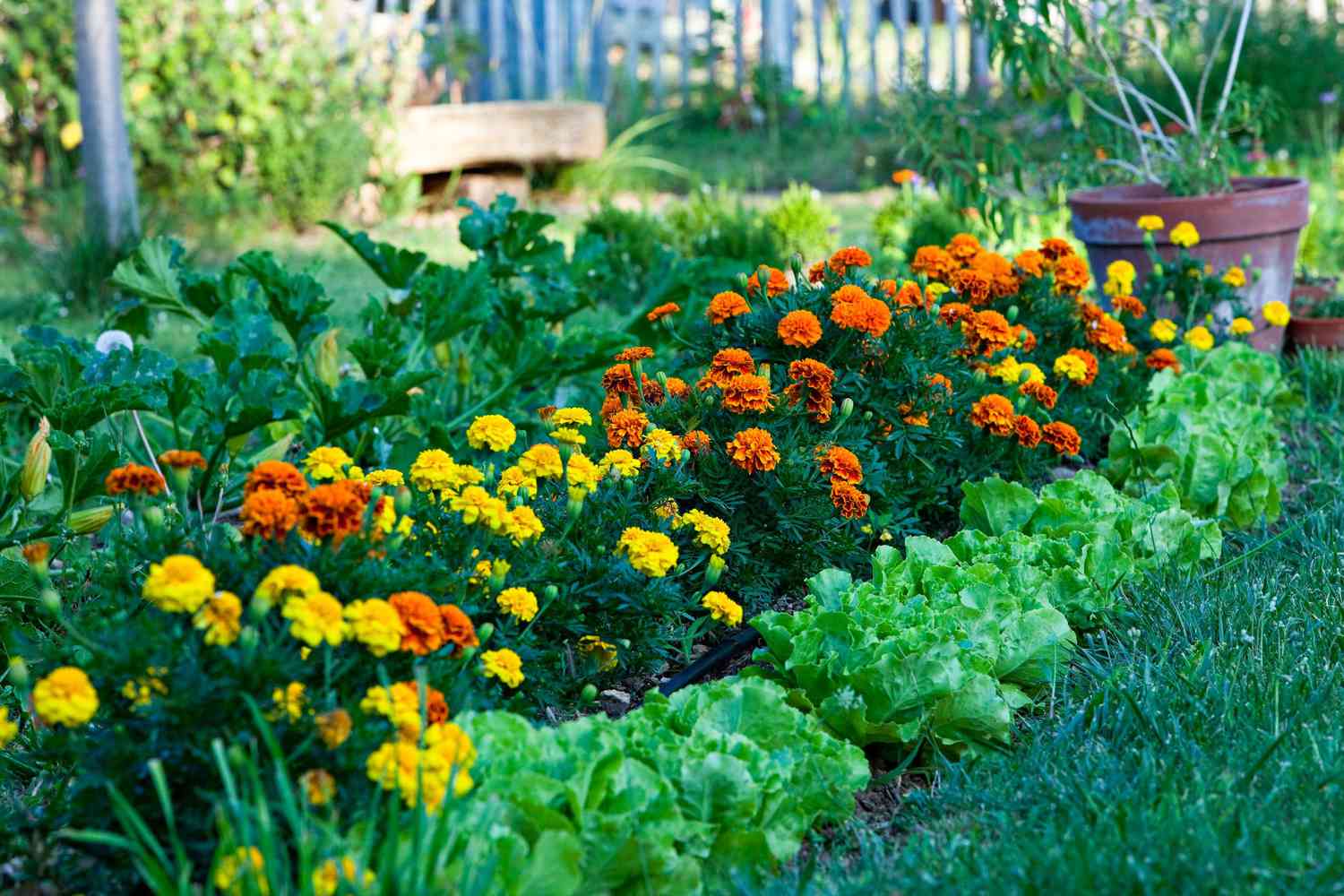
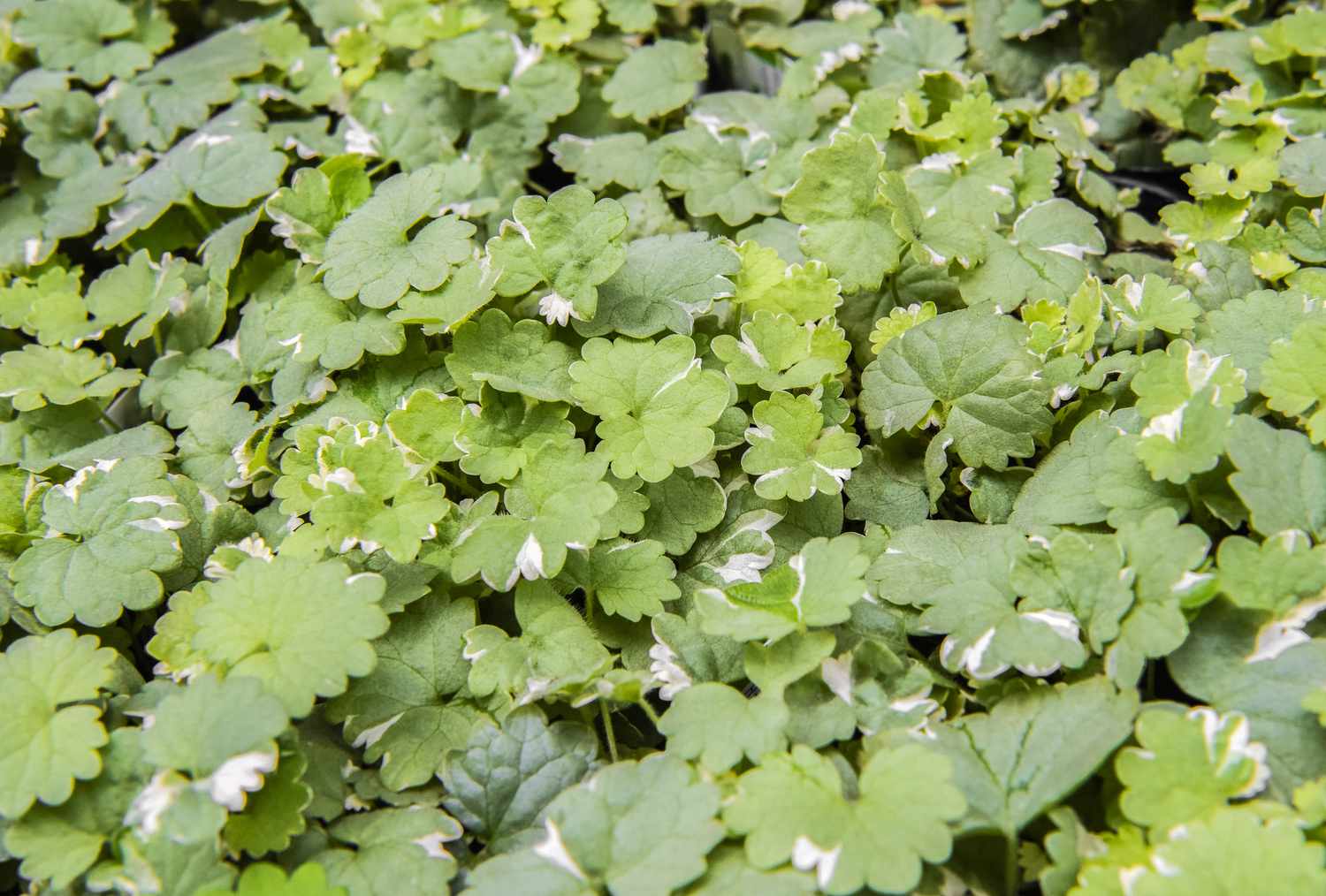
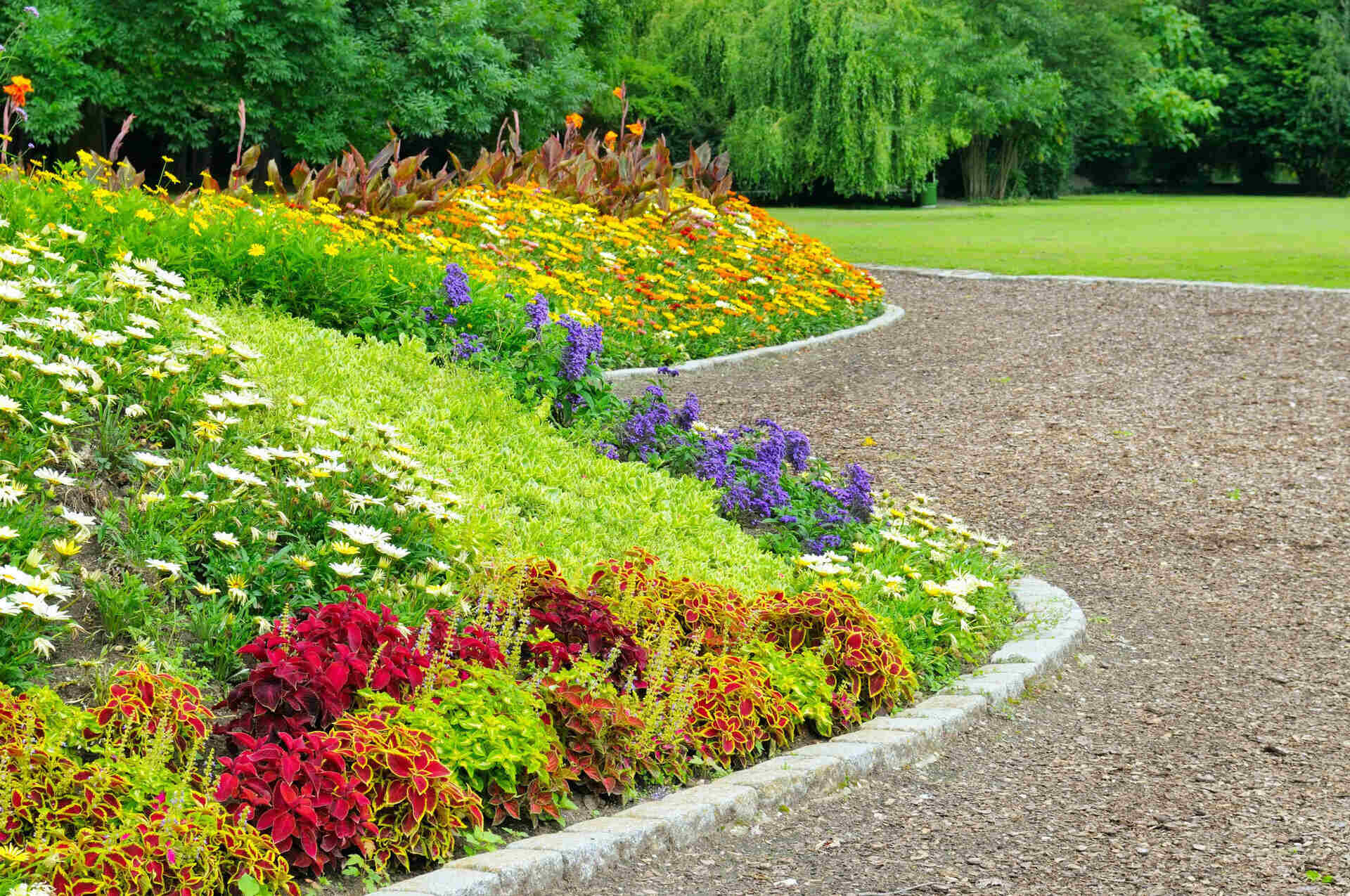
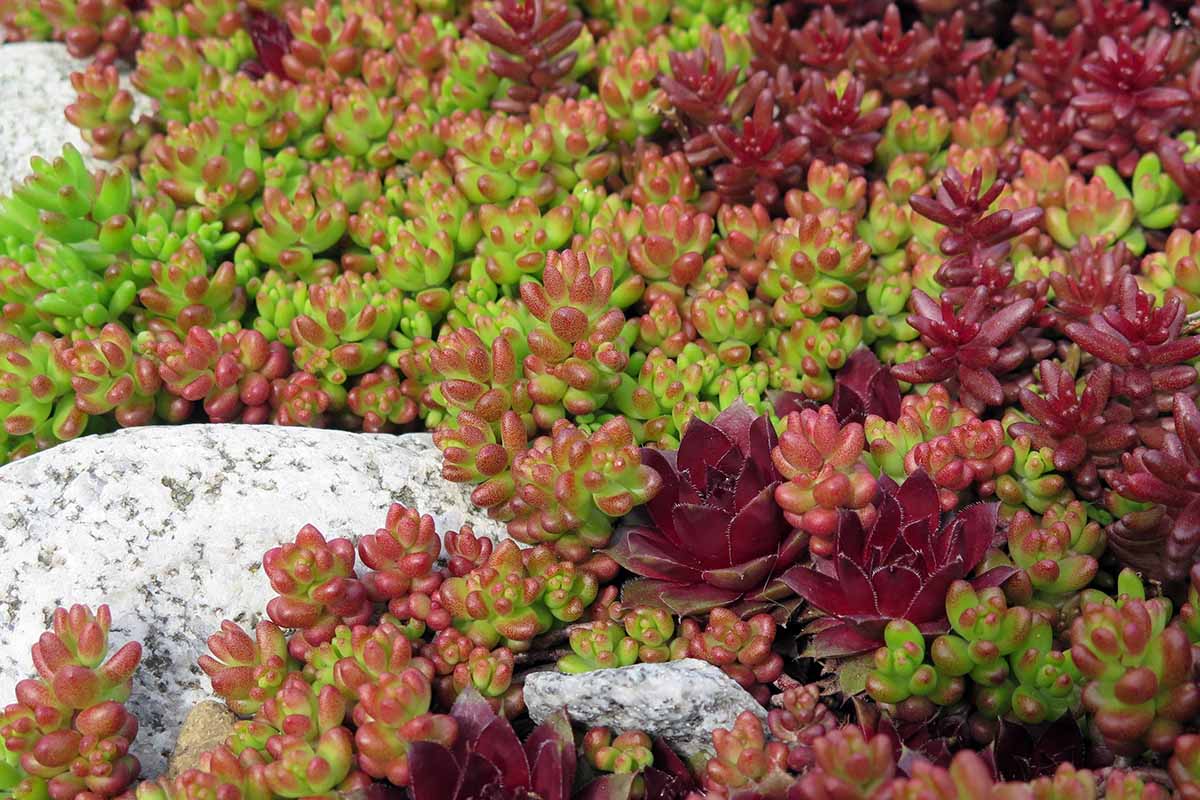
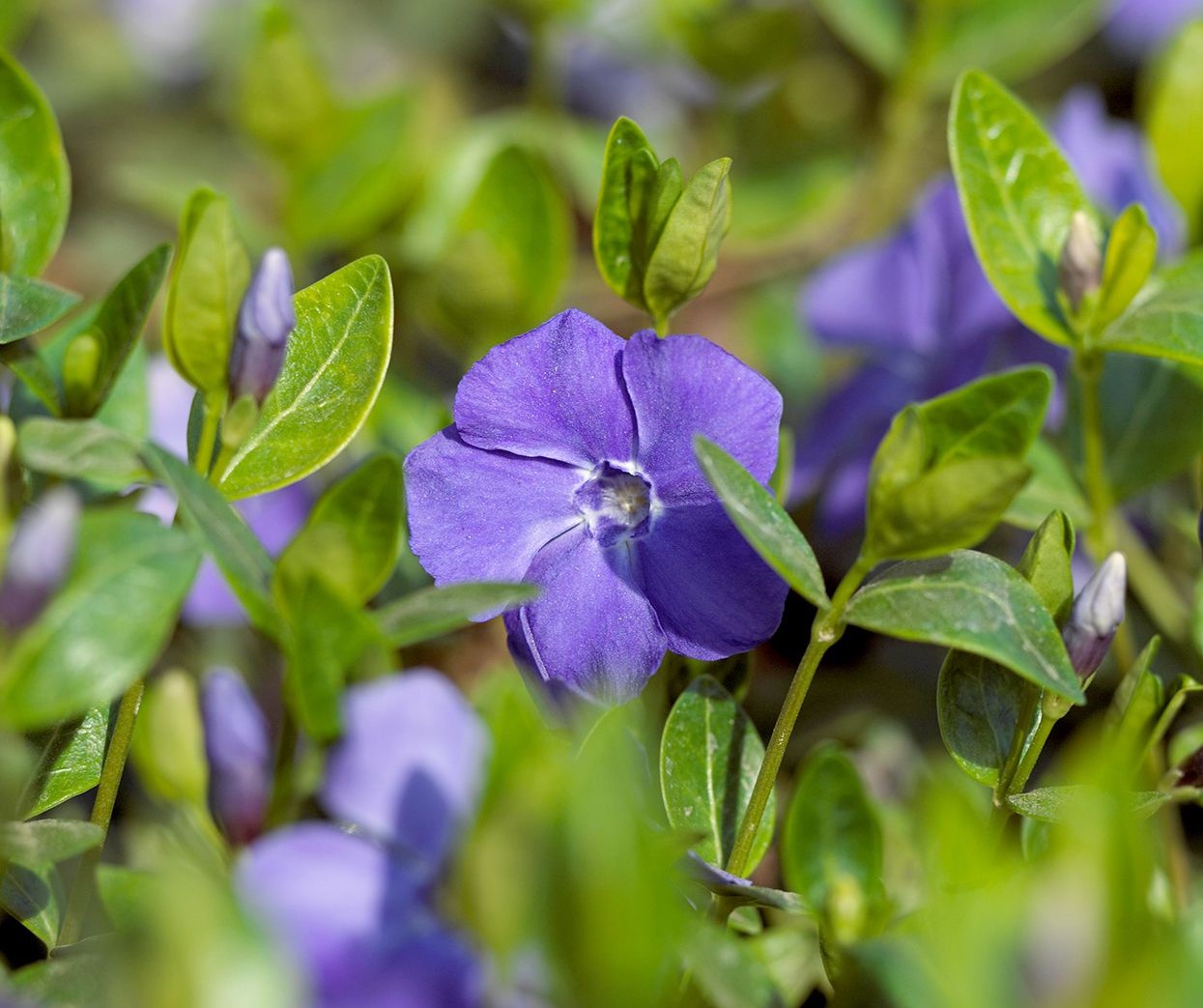

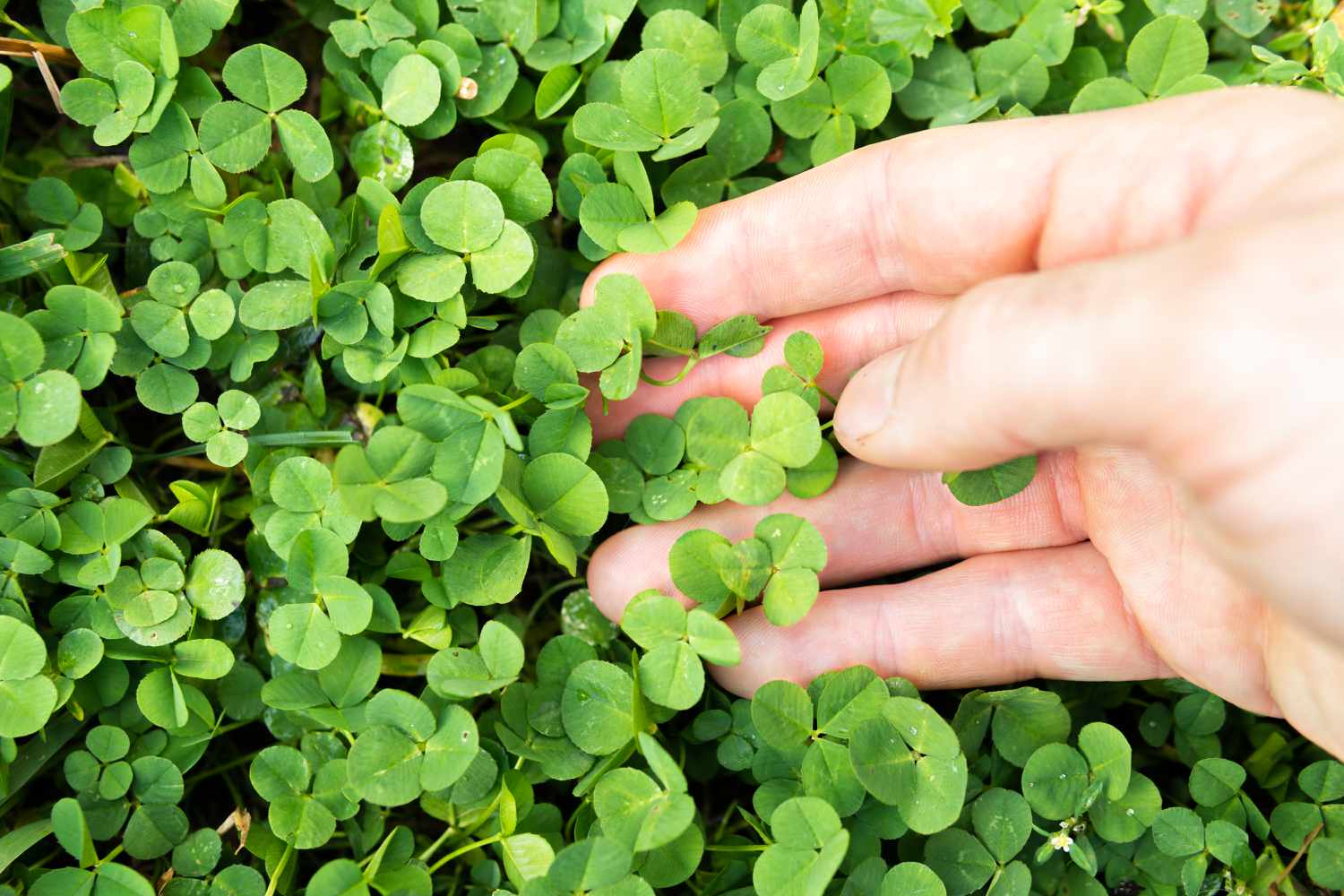
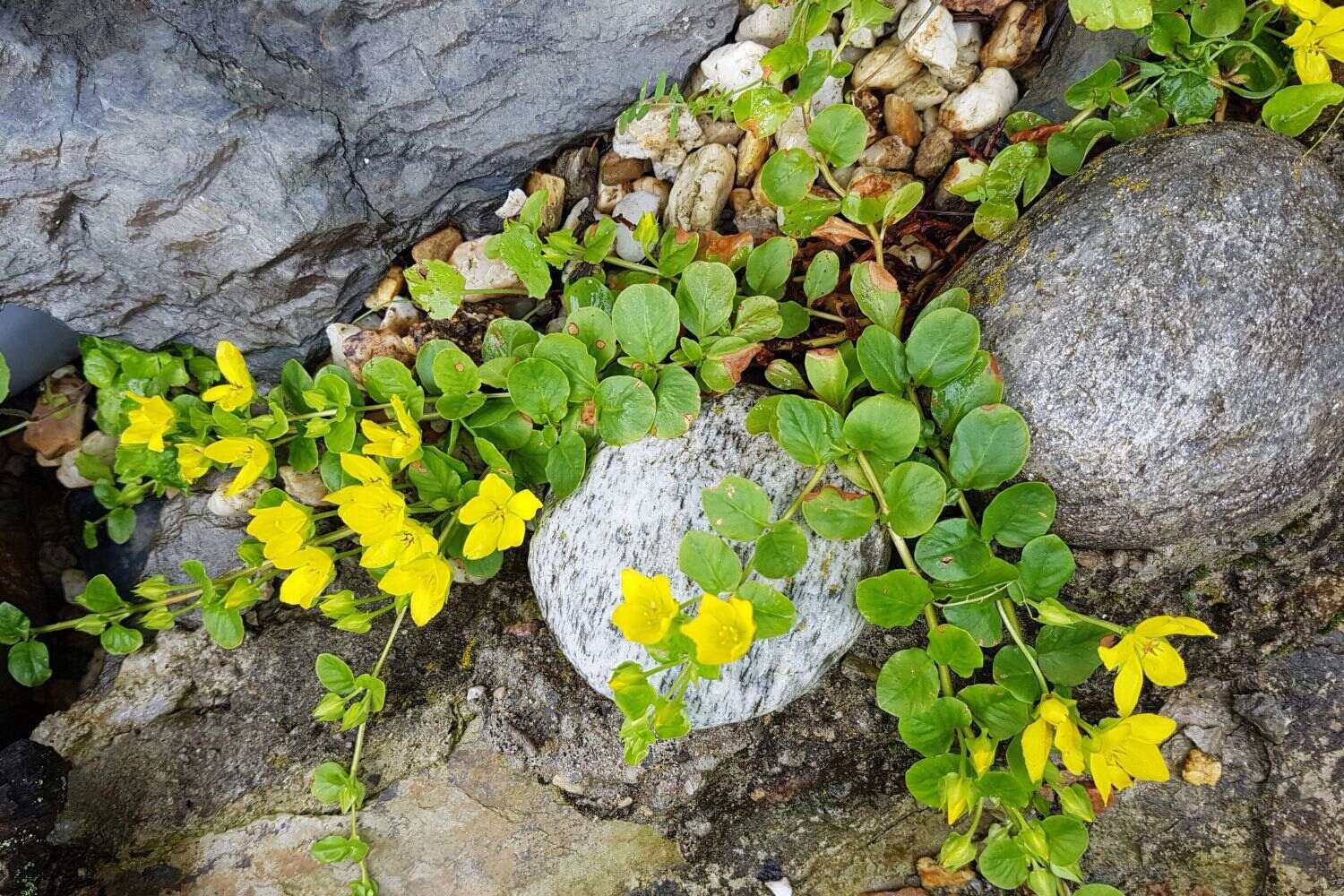
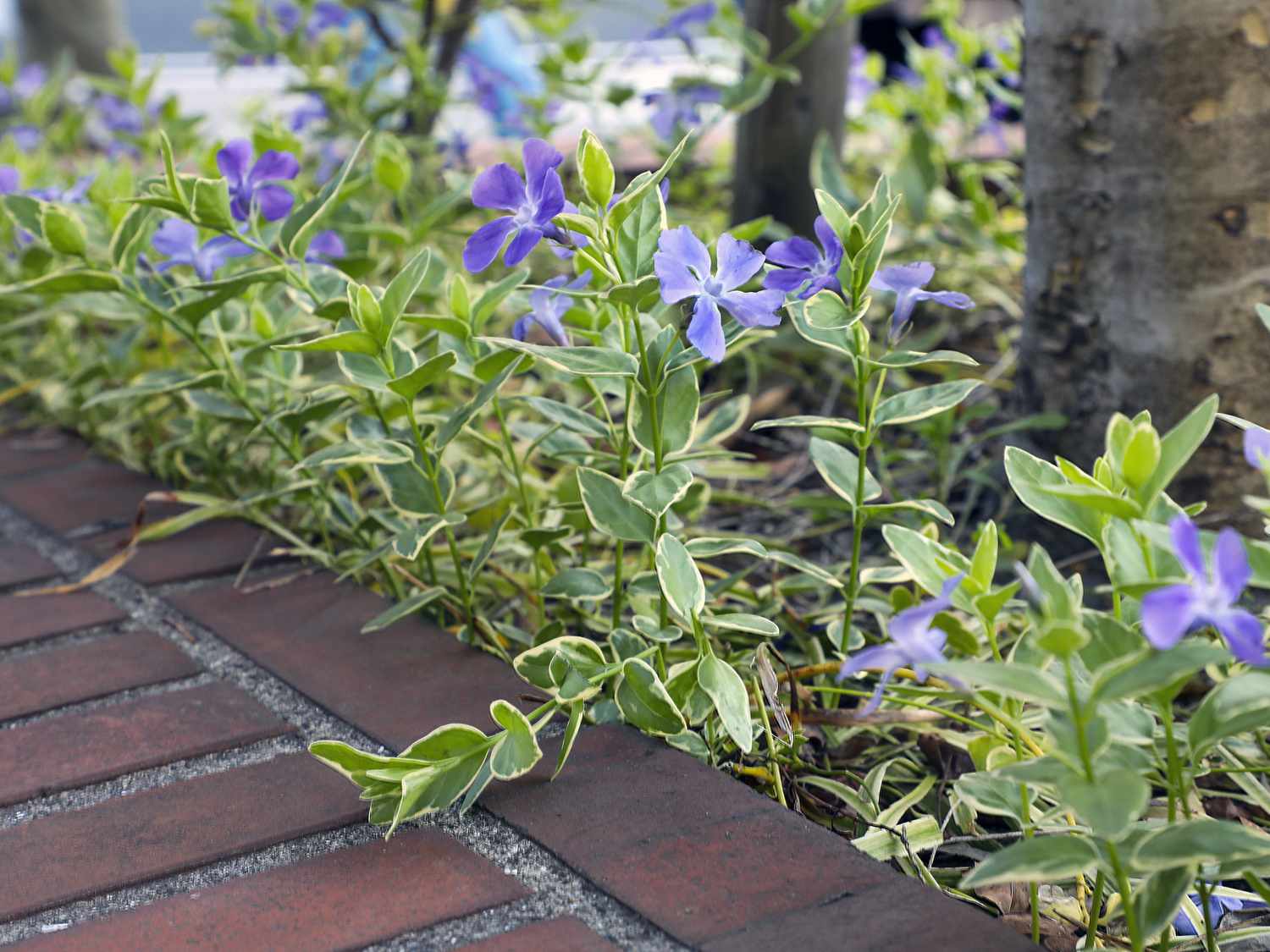
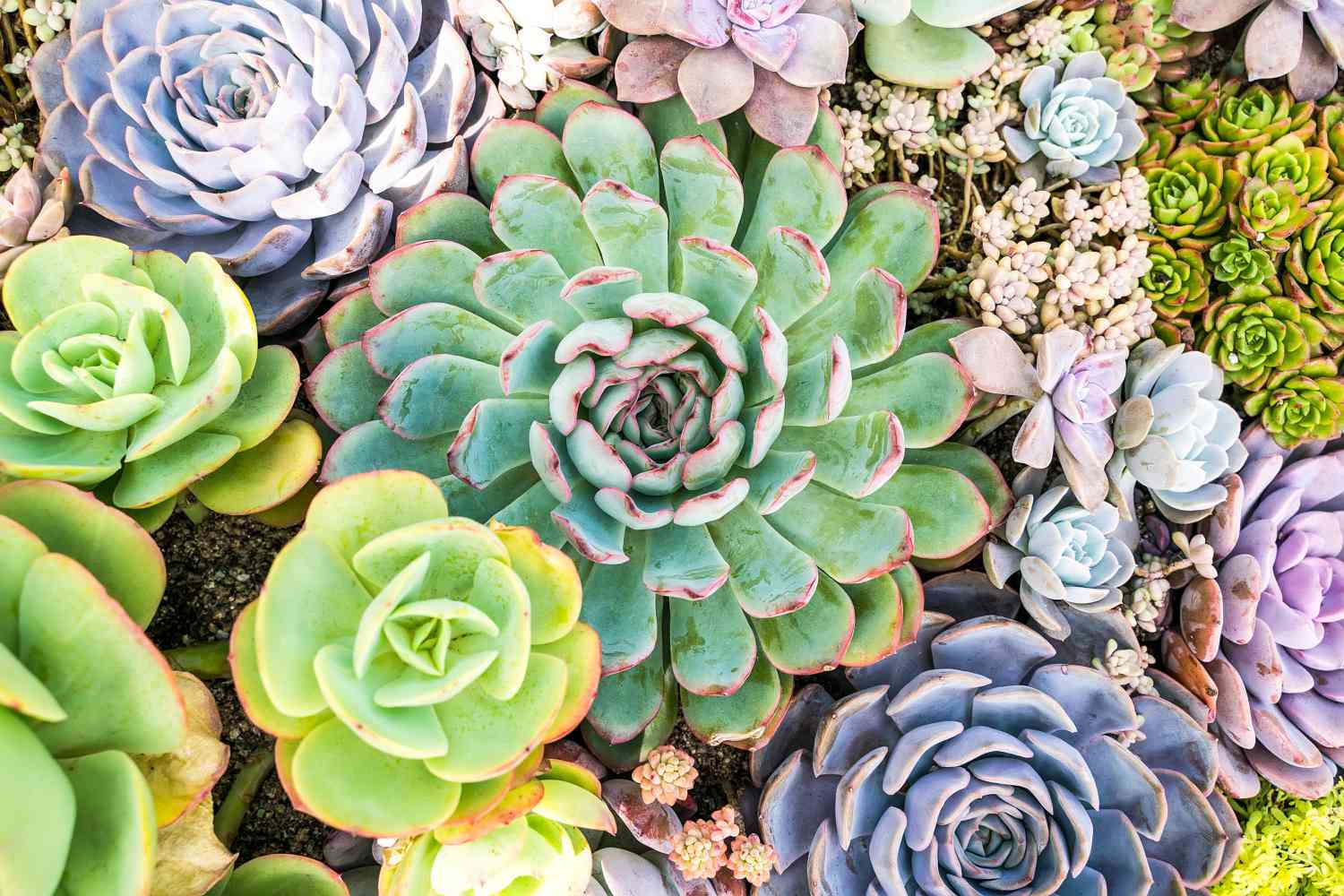
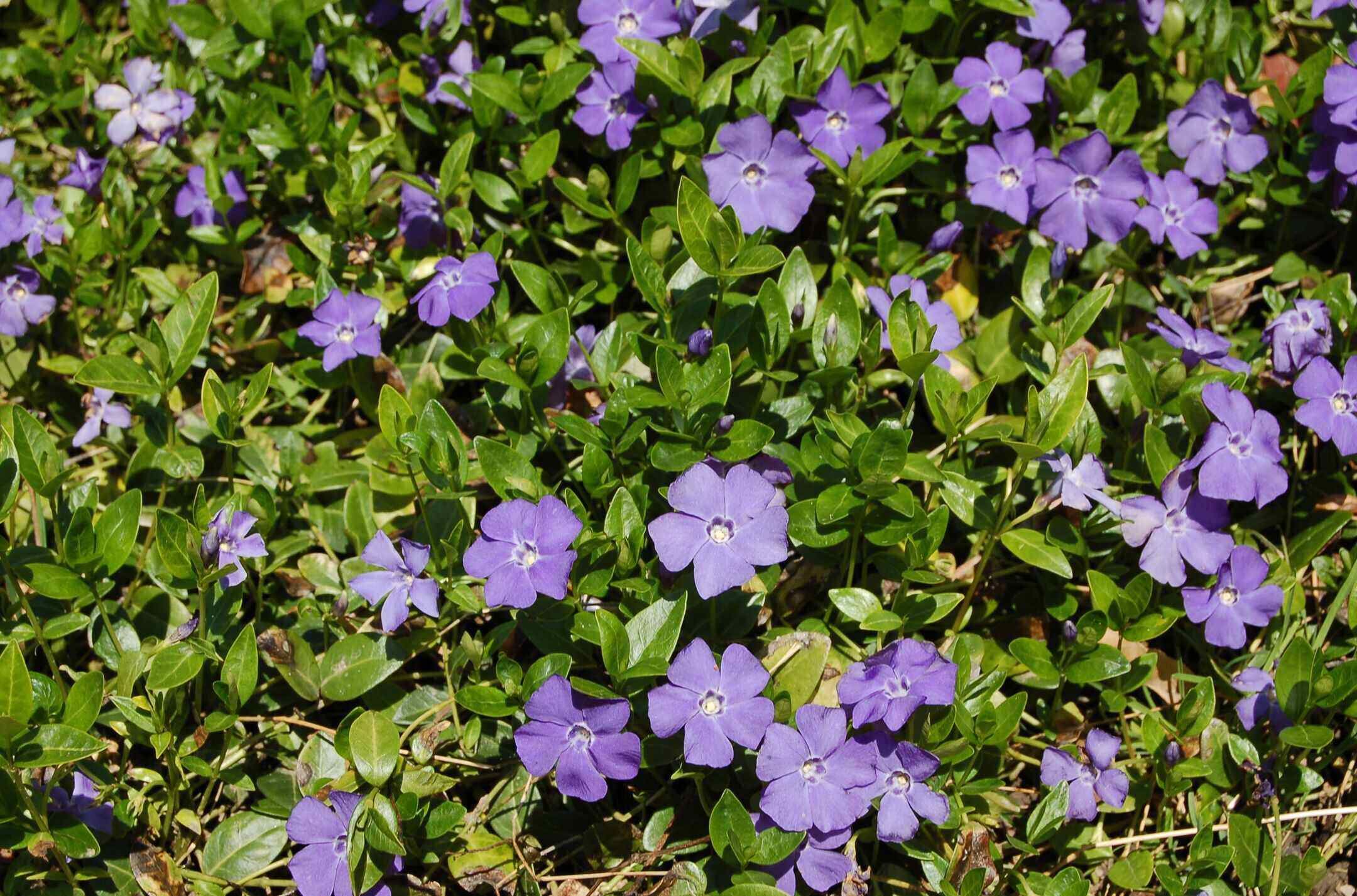
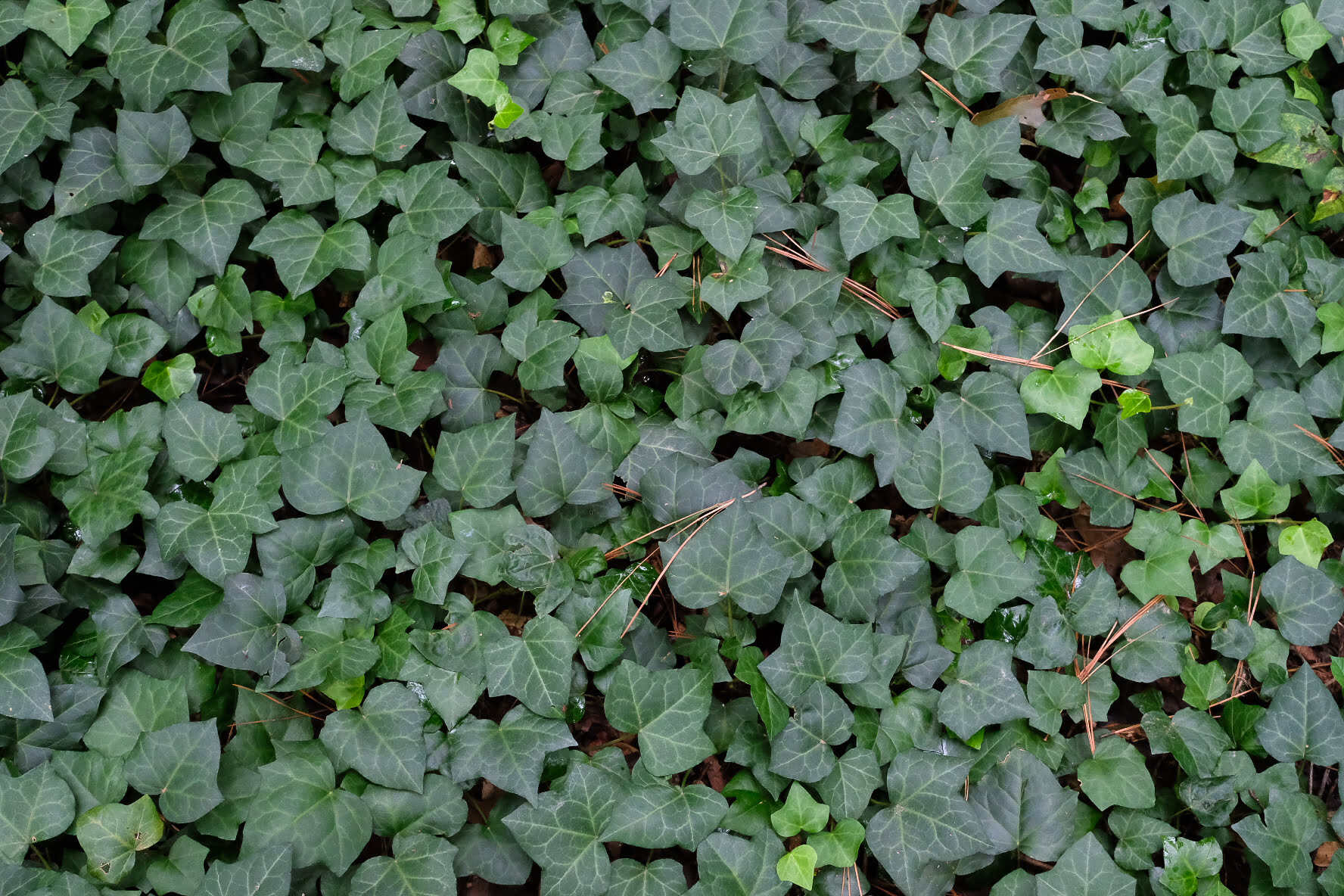
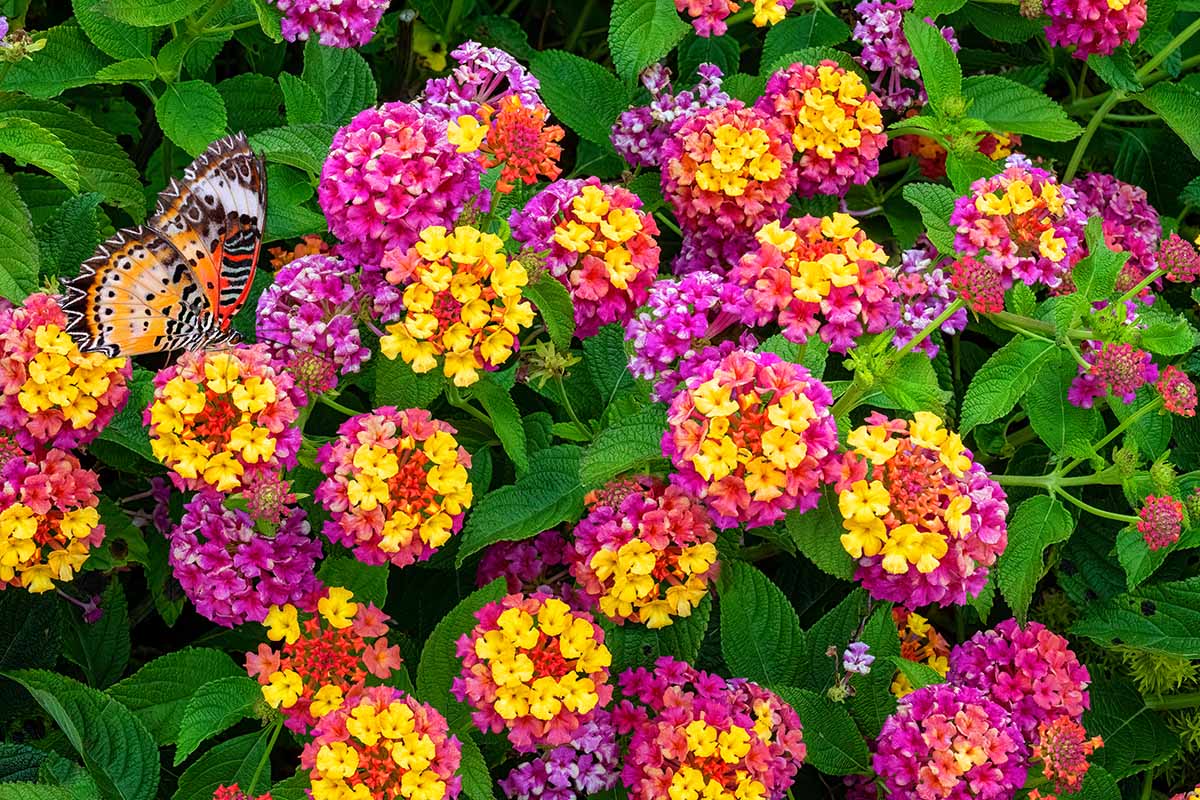

0 thoughts on “How Does Ground Cover Affect Erosion”